.
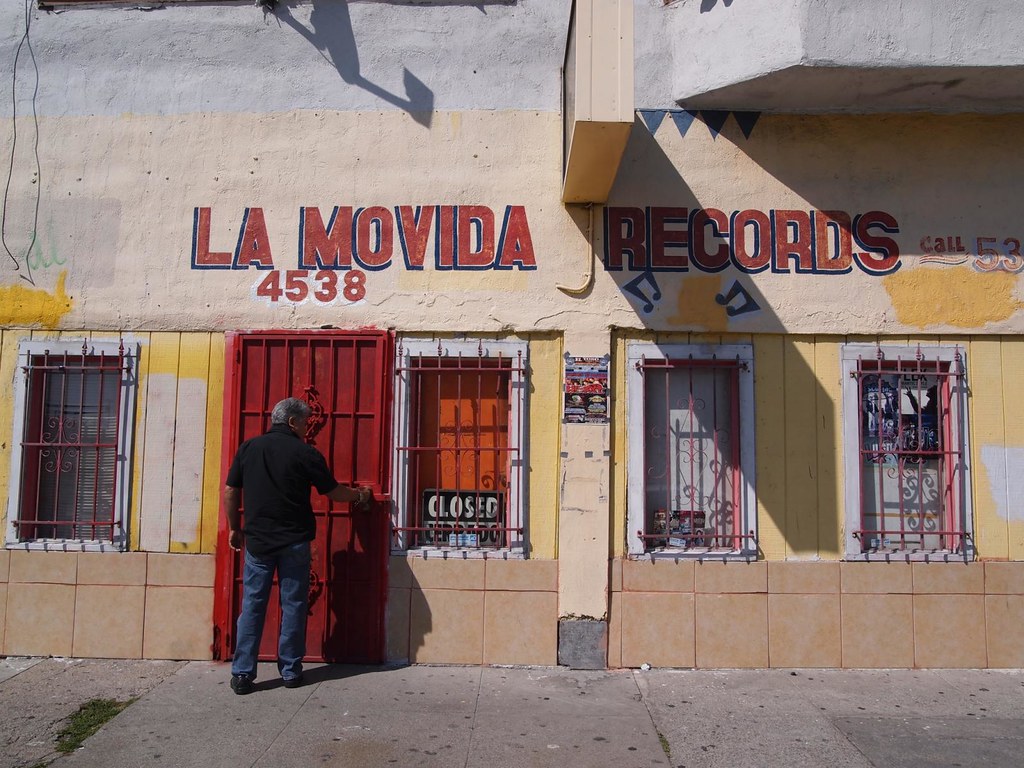
La Movida (Rancho San Antonio, Oakland): photo by efo, 29 May 2011
Almost no place
is not
just like
home
to someone
somewhere
is not
just like
home
to someone
somewhere
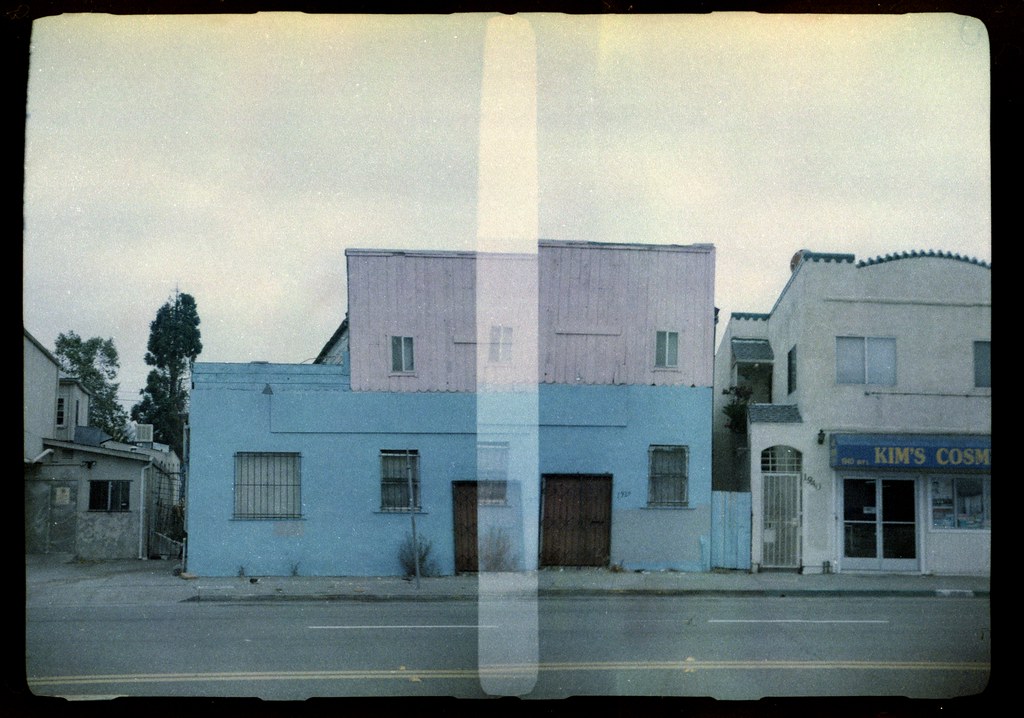
1930 International Boulevard rigonorama: photo by efo, 3 July 2009
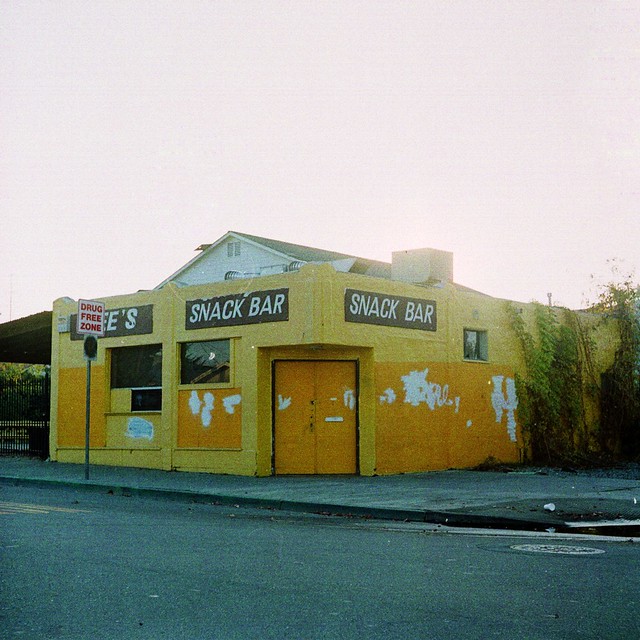
Lee's Snack Bar, Antioch: photo by efo, 6 December 2008

Near the tracks (Fruitvale Station, Oakland): photo by efo, 7 March 2012
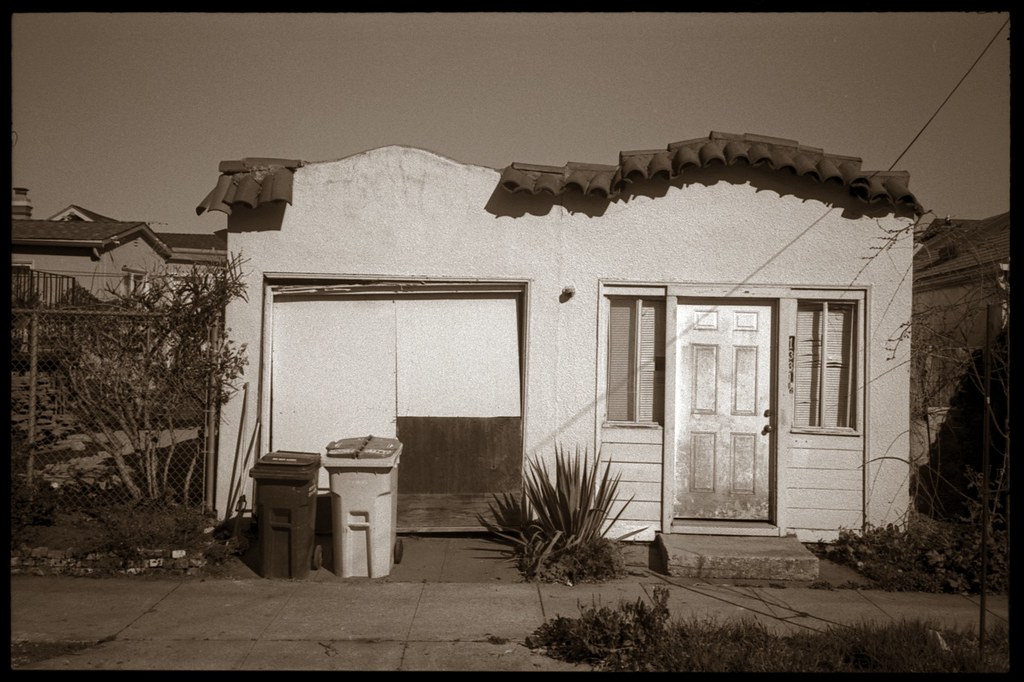
Little house, East Bay (Emeryville): photo by efo, 26 February 2012
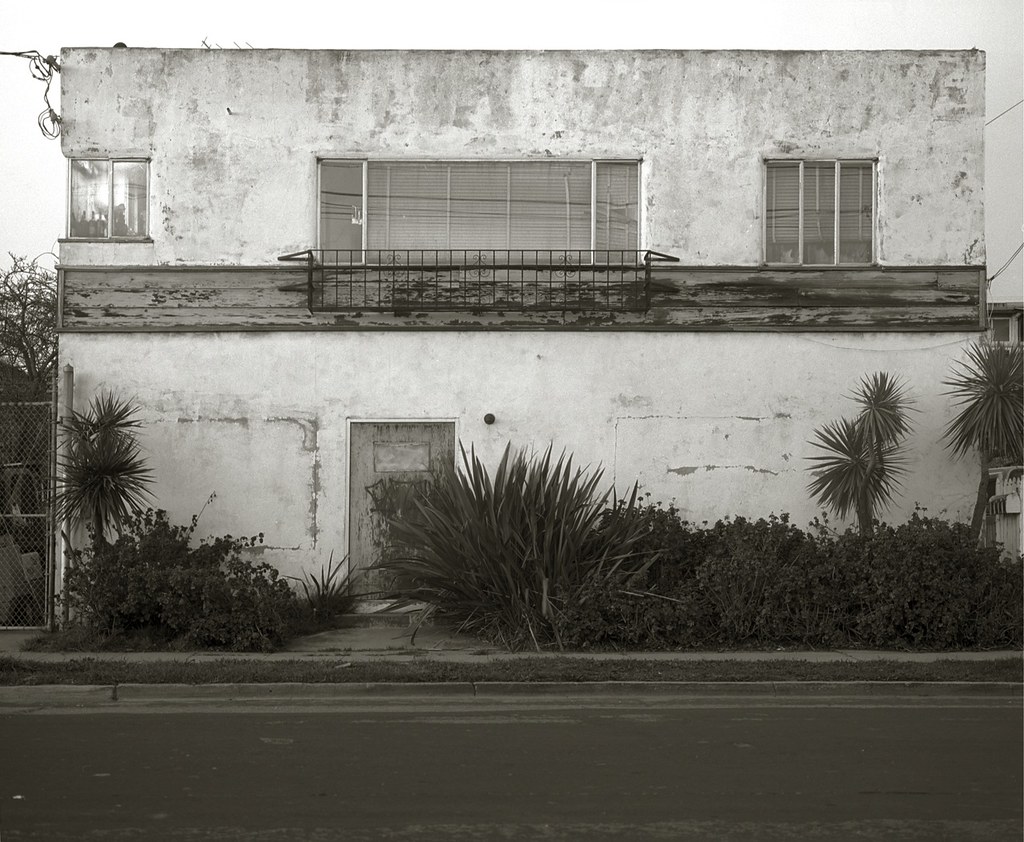
Jingletown #2, South Kennedy Tract, Oakland: photo by efo, 29 March 2012

Three bushes, Berkeley: photo by efo, 31 March 2012

Keeping up with the neighbors (East Bay): photo by efo, 11 March 2012
Great short poem, evocative of ...
ReplyDeleteAs are the photos. Thanks.
Don
Don,
ReplyDeleteThese are the neighborhoods most people would prefer not to look too closely at, but in my recent r & r stint at the Trauma Center the human universality of the denizens of these neighborhoods surrounded me on every wailing or stoic gurney.
Tom,
ReplyDelete"home// to someone/ somewhere"
great series of photos from the East Bay, where things continue continue on this day after May Day.
5.2
light coming into sky above still black
ridge, sparrow calling from pine branch
in foreground, wave sounding in channel
parts as a gesture contract,
pass from were to was
from that to this more than
one, what next, which
first silver of sun rising above ridge,
shadowed green pine on tip of sandspit
Yes, stoic fits well here, Tom. And stark your words. I can’t help compare these images to the turbulent news photos this morning of the 'overwhelming military-type response' to protests in Oakland.
ReplyDeleteHazen,
ReplyDeleteYes, the events of yesterday in Oakland suggest a powder train of violence in the air. A congruence of International Workers Day, an immigrants' rights protest originating in the largely Latino neighborhood near Fruitvale Station (see fourth photo in this post) and the first indications of a revenant Occupy Movement resulted in a day of multiple flashpoints.
The quickness of reaction is apparent in the bit of video with the story here.
"Evocative of..." would be my comment also, along with echoing the rest of what Don said. I'm fascinated to see the overturned trash containers. On my drives to and from Jane's school every day, I have noticed overturned empty trash bins. Is this a trend? The title of the photo is very amusing and I really like the title of this piece. I find it interesting also that I can't tell whether the person in the top photo is opening up the shop or closing it forever. Curtis
ReplyDeleteCurtis,
ReplyDeleteYes, we too have wondered about the guy at La Movida.
One thing that seems evident is that he is accustomed to checking the periphery. And probably for good cause.
i've come back home after 6 months...and this was perfect timing....thank you Tom
ReplyDeleteAlways brilliant to hear from you, Manik.
ReplyDeleteOh, these photos are the kind that hit that hollow place in the world, in the heart of the world. Here in Youngstown we have so many boarded up houses, trashed locations. But when I came back from EL Salvador, I realized that many there would love to fill even these desperate locations. To have even a leaky roof is something. Though of course they have no winter there. Still, it is such a feeling of despair that fills the soul and boggles the mind . . .
ReplyDeleteUp until about fifteen years ago, such scenes of "desperate locations"--as Nin so aptly describes them--were relatively unknown to the great majority of Greeks. No longer.
ReplyDeletePerfect.
ReplyDeleteDesperate locations indeed. They seem to be sprouting up like weeds through the cracks in the concrete, everywhere around us. Coming ever nearer.
ReplyDeleteOutside the gated and walled enclaves of the zero zero zero zero one percent that is.
(Inside which perhaps the desperation takes other forms, less physical, more psychic, for all we would know... and if it did, and if we did know, would our tiny fractured hearts bleed a wee drop or two in sympathy, like those vintage plaster statues of Mary Mother of Prague, of which recovered memory provides a surprising associative collection at this moment, do you suppose?)
Amen brother.
ReplyDeleteMichael, of course the nuns always insisted that the slender red trickle upon her tender ceramic breast was actual compassionate immaculate-maternal blood -- though we smirking lads convinced ourselves (always whistling in the devil's deep dark) it was but nail polish.
ReplyDeleteSpeaking of which, did you see this Maureen Dowd piece last Sunday?
ReplyDelete